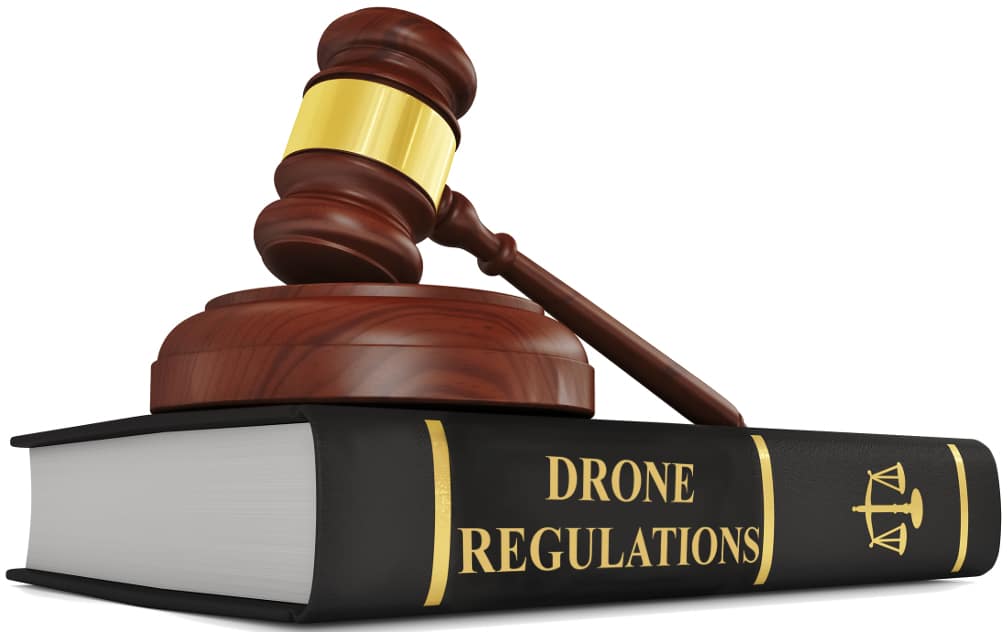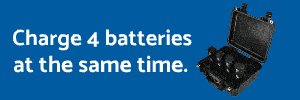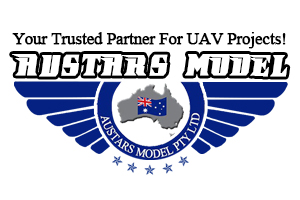In paragraph (a) below it says that all three roles must maintain VLOS during the entire flight, but then paragraph (b) says that this ability can be exercised by the pilot in command OR the visual observer. So I’m confused, the first paragraph says everyone involved has to maintain VLOS but then the next paragraph shows an EITHER/OR scenario. Isn’t this contradictory?
(a) With vision that is unaided by any device other than corrective lenses, the remote pilot in command, the visual observer (if one is used), and the person manipulating the flight control of the small unmanned aircraft system must be able to see the unmanned aircraft throughout the entire flight in order to:
(1) Know the unmanned aircraft's location;
(2) Determine the unmanned aircraft's attitude, altitude, and direction of flight;
(3) Observe the airspace for other air traffic or hazards; and
(4) Determine that the unmanned aircraft does not endanger the life or property of another.
(b) Throughout the entire flight of the small unmanned aircraft, the ability described in paragraph (a) of this section must be exercised by either:
(1) The remote pilot in command and the personmanipulating the flight controls of the small unmanned aircraft system; or
(2) A visual observer.
(a) With vision that is unaided by any device other than corrective lenses, the remote pilot in command, the visual observer (if one is used), and the person manipulating the flight control of the small unmanned aircraft system must be able to see the unmanned aircraft throughout the entire flight in order to:
(1) Know the unmanned aircraft's location;
(2) Determine the unmanned aircraft's attitude, altitude, and direction of flight;
(3) Observe the airspace for other air traffic or hazards; and
(4) Determine that the unmanned aircraft does not endanger the life or property of another.
(b) Throughout the entire flight of the small unmanned aircraft, the ability described in paragraph (a) of this section must be exercised by either:
(1) The remote pilot in command and the personmanipulating the flight controls of the small unmanned aircraft system; or
(2) A visual observer.









